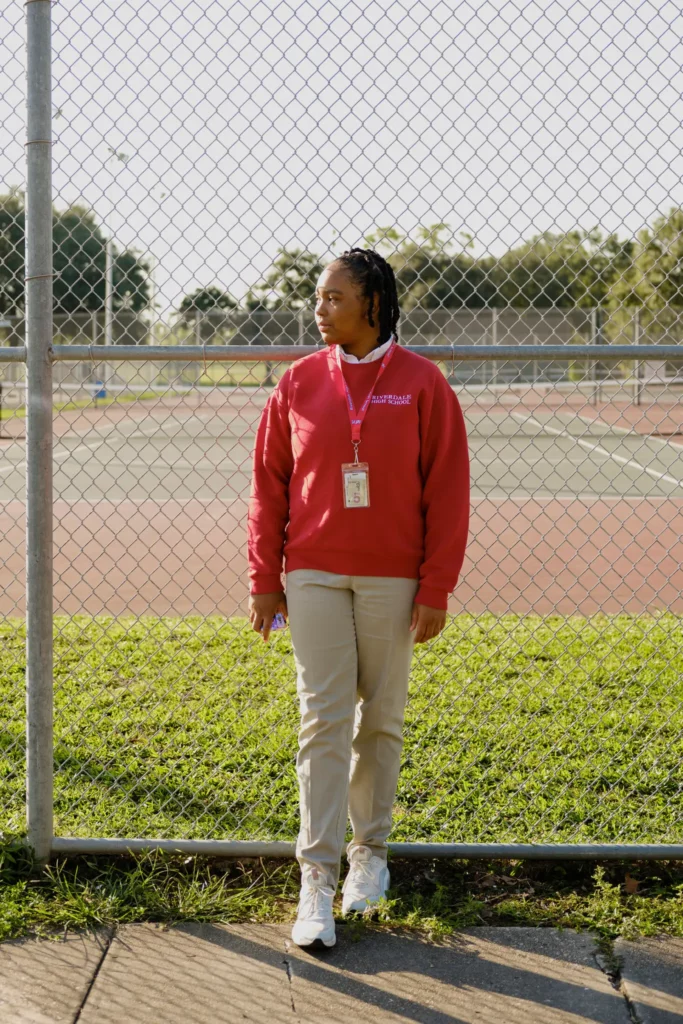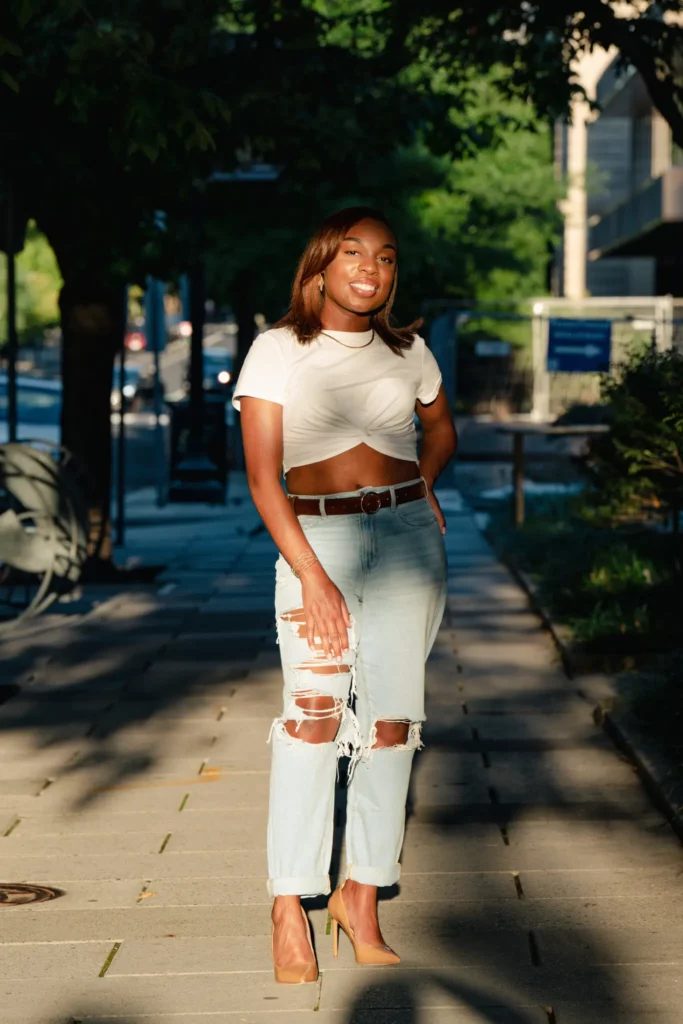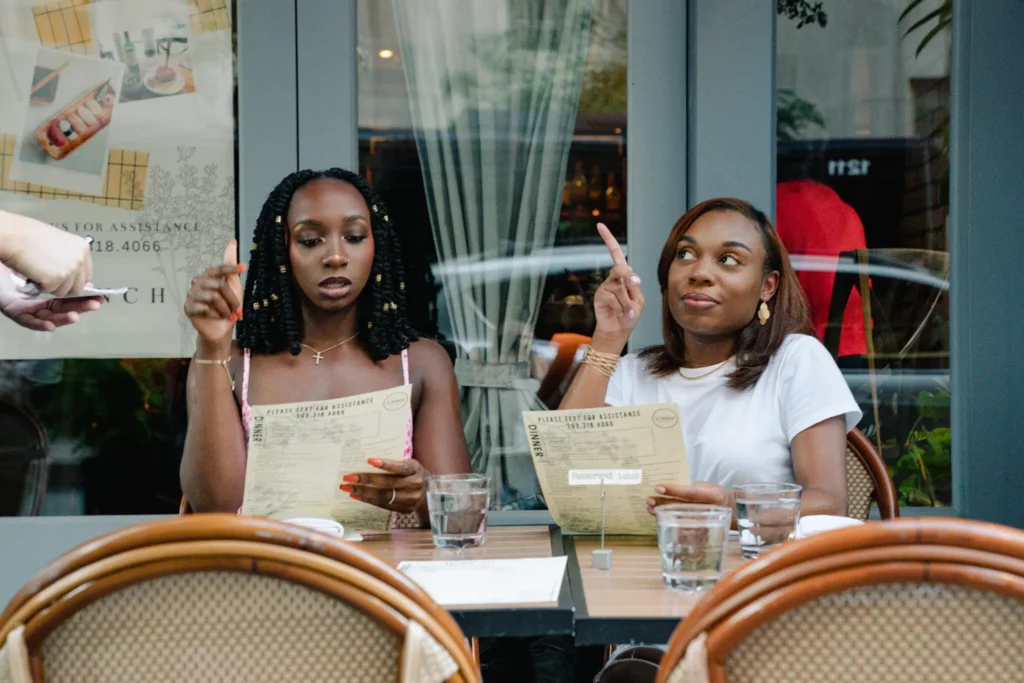When Ja’Kobi Moore decided to apply this year to a private high school in her hometown of New Orleans, she learned that she needed at least one letter of recommendation from a teacher. She had never asked for one, so she sought help.
“Teacher letter of recommendation,” she typed into TikTok’s search bar.
Ms. Moore, 15, scrolled TikTok’s app until she found two videos: one explaining how to ask teachers for a recommendation letter and the other showing a template for one. Both had been made by teachers and were easier to understand than a Google search result or YouTube video, said Ms. Moore, who is planning to talk to her teachers this month.
TikTok is known for its viral dance videos and pop music. But for Generation Z, the video app is increasingly a search engine, too.

More and more young people are using TikTok’s powerful algorithm — which personalizes the videos shown to them based on their interactions with content — to find information uncannily catered to their tastes. That tailoring is coupled with a sense that real people on the app are synthesizing and delivering information, rather than faceless websites.
On TikTok, “you see how the person actually felt about where they ate,” said Nailah Roberts, 25, who uses the app to look for restaurants in Los Angeles, where she lives. A long-winded written review of a restaurant can’t capture its ambience, food and drinks like a bite-size clip can, she said.
TikTok’s rise as a discovery tool is part of a broader transformation in digital search. While Google remains the world’s dominant search engine, people are turning to Amazon to search for products, Instagram to stay updated on trends and Snapchat’s Snap Maps to find local businesses. As the digital world continues growing, the universe of ways to find information in it is expanding.
Google has noticed TikTok edging into its domain. While the Silicon Valley company disputed that young people were using TikTok as a replacement for its search engine, at least one Google executive has publicly remarked on the rival video app’s search capabilities.
“In our studies, something like almost 40 percent of young people, when they’re looking for a place for lunch, they don’t go to Google Maps or Search. They go to TikTok or Instagram,” Prabhakar Raghavan, a Google senior vice president, said at a technology conference in July.
Google has incorporated images and videos into its search engine in recent years. Since 2019, some of its search results have featured TikTok videos. In 2020, Google released YouTube Shorts, which shares vertical videos less than a minute long, and started including its content in search results.
TikTok, which is owned by the Chinese internet company ByteDance, declined to comment on its search function and products that may be in testing. It said it was “always thinking about new ways to add value to the community and enrich the TikTok experience.”
Doing a search on TikTok is often more interactive than typing in a query on Google. Instead of just slogging through walls of text, Gen Z-ers crowdsource recommendations from TikTok videos to pinpoint what they are looking for, watching video after video to cull the content. Then they verify the veracity of a suggestion based on comments posted in response to the videos.
This mode of searching is rooted in how young people are using TikTok not only to look for products and businesses, but also to ask questions about how to do things and find explanations for what things mean. With videos often less than 60 seconds long, TikTok returns what feels like more relevant answers, many said.
Alexandria Kinsey, 24, a communications and social media coordinator in Arlington, Va., uses TikTok for many search queries: recipes to cook, films to watch and nearby happy hours to try. She also turns to it for less typical questions, like looking up interviews with the actor Andrew Garfield and weird conspiracy theories.

Slinging jeans to bumster levels around the hips and inserting a boned, dessicated-tulle corset rising to the waist, for example, under a faded denim bra. Turning an aluminum belt into a skirt. Dirtying it up in both attitude and surface treatment. Getting handsy. But also shredding jeans into tiers on slip dresses and suits so they resemble gorgeously ruched Austrian shades. Fraying the edges of coats into lavish fringe. Reusing and reinventing.
Playing to the rafters, and the millennial vibe currently running through fashion, as well as making what may be the ultimate in Burning Man couture. Mr. Martens sees the world not in a grain of sand but in a pair of jeans. That actually does feel like the future.
Especially because so much of fashion seems to be thinking small, and looking backward. So it was in New York and so it is continuing in Milan.
Image

Building out search and location features is likely to further entrench TikTok — already the world’s most downloaded app for those ages 18 to 24, according to Sensor Tower — among young users.
TikTok “is becoming a one-stop shop for content in a way that it wasn’t in its earlier days,” said Lee Rainie, who directs internet and technology research at the Pew Research Center.
That’s certainly true for Jayla Johnson, 22. The Newtown, Pa., resident estimated that she watches TikTok videos on her phone two hours a day, and said she had begun using the app as a search engine because it was more convenient than Google and Instagram.
“They know what I want to see,” she said. “It’s less work for me to actually go out of my way to search.”
Ms. Johnson, a digital marketer, added that she particularly appreciated TikTok when she and her parents were searching for places to visit and things to do. Her parents often wade through pages of Google search results, she said, while she needs to scroll through only a few short videos.
“God bless,” she said she thinks. “You could have gotten that in seconds.”



















Comments